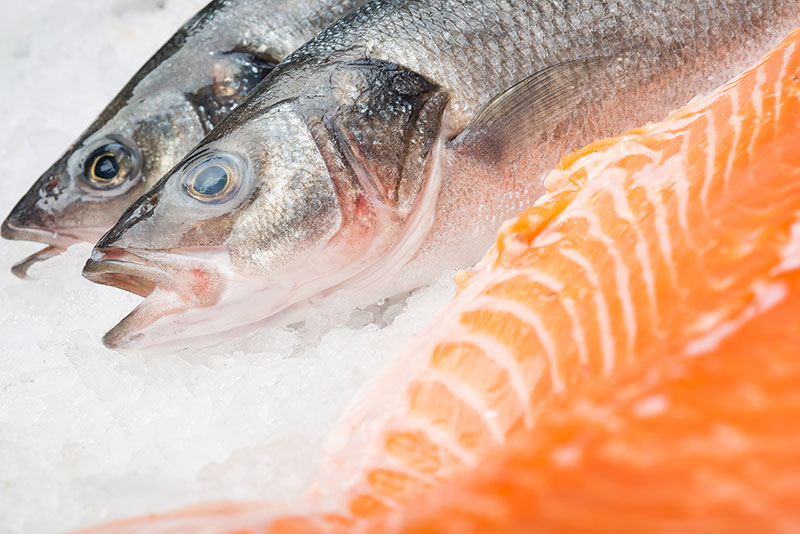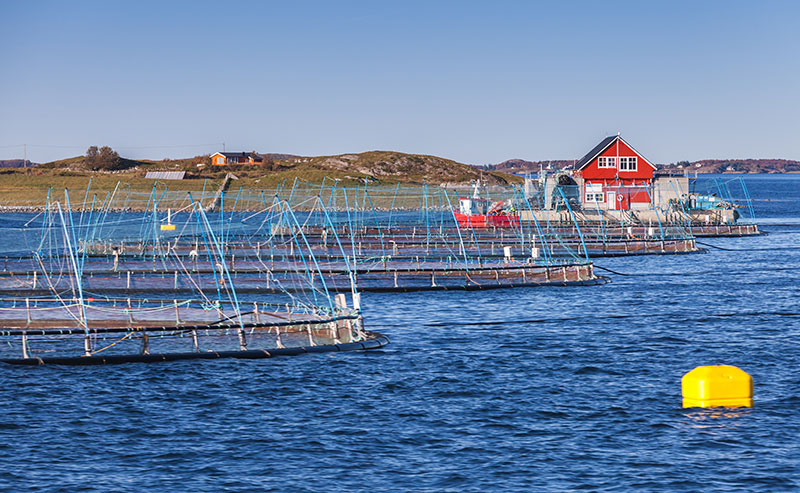Salmon Processing Machines

Salmon is the name of the large fish of the family Salmonidae and is usually called the Altantic salmon. Although recently this name Salmon, has also been used for similar fishes of the same family known as the Pacific salmon.
There are 6 species of Pacific salmon (Oncorhynchus):
- The sockeye or red salmon which is found from the northern Bering Sea to Japan and the Columbia River of the Amercian Northwest
- The Chum or dog salmon found from the Lena and Mackenzie and Lena rivers in the southern Arctic southward to Japan and the Rogue River
- The King, spring or chinook salmon from the Yukon river in China and the Sacramento River
- The Coho or silver salmon found from the Salinas River of Monterery Bay and Bering Sea to Japan
- The Cherry Salmon found off Japan
- The Pink of humpback salmon found in the Klamath River and from the Arctic to Japan
The average adult Atlantic salmon weights around 4.5kg (10 pounds) in weight and the King salmon weights around 10kg (23 pounds) although there are some salmon fishes which can grow up to 22kg to 36kg (50 – 80pounds) which can be found from time to time.
Chum salmon average about 4.5–5.5 kg (10–12 pounds); coho salmon weigh about 3–4.5 kg(7–10 pounds); The sockeye salmon weighs, about 2–3 kg (4–7 pounds); and the pink salmon weights on average, 1.3–2.7 kg (3–6 pounds).
Living their lives mostly in the ocean, adult Pacific salmon return to the stream (where they were hatched) to spawn. The female salmon digs a pit in the stream gravel where she will spawn simultaneously with a male salmon
Wild Salmon Fisheries
Since 1990, wild salmon is caught at about 1 million tons per year and almost all the captured wild salmon are Pacific salmon. The catch of wild Atlantic salmon is relatively small compared to the Pacific salmon.
Salmon aquaculture is worth about US$10 billion per year and Salmon farming is significant in countries such as Scotland, Norway, Chile, Canada and Faroe Islands – they are the sources of salmon consumed in United States and Europe.
Atlantic Salmon are usually farmed in the island of Tasmania, Australia and Russia.
Salmon As Food

Classified as an oily fish, Salmon is a popular food and is considered healthy in general due to the fish’s high omega-3 fatty acids, high protein and high vitamin D. Salmon flesh is usually pink in colour but their colour can range from red to orange. The soceye and chinook salmons are fattier than pink and chum and are usually favourites for fillets and steaks. Pink salmon is usually used for canned salmon food.
Salmon Processing
According to The Food and Agricultural Organisation (FAO) of the United Nations (UN), the world’s population will reach 9 billion by 2050 and the need for protein to satisfy the new demand will grow by 70% worldwide. Fish in particular farmed salmon offers a solution to satisfying this demand. As demand for food increases, there will be additional pressure on the over-exploited wild fish reserves.
For farmed salmon, the product cycle lasts around 3 years. During the first year, salmon farming takes place in controlled freshwater environment and the farmed salmons are moved to seawater cages. When the farmed salmon reach a harvestable size, the salmon are then transported to salmon processing plants to be processed for sale. At the consumer end, most farmed salmons are sold as salmon fillets although end consumers can still purchase whole salmon fish.
The term “fish processing” or in this case “salmon processing” refers to the processes involved with salmon and salmon products (fillets) between the fish are caught (wild life salmons) or harvested (farmed salmons) to the time the final product (usually salmon fillet) is delivered to the end consumer.
Salmon Processing Machines
The first table top fish skinning machine was developed back in the 1950s, since then more fish processing machines have been developed through years of research and development after extensive feedback from our customers. Through our trial and errors and perseverance, our ideas were transformed into reality through our mastery of decades of mechanical engineering. We currently offer various types of fish processing machines for different functions. Our world class engineers ensure that our customers get nothing but the best fish processing technologies that maximise their output while reducing their reliance on manual labour.
With over 50 decades of experience in the food automation industry, our mechanical engineers continue to develop new products and our research and development team ensures that we continuously improve our existing food processing technologies and we are adaptable to the future needs of our clients. We address all our customers’ needs in fish processing seriously and promptly and safety and hygiene are of paramount importance to us. All our fish processing machines’s features reflect what we believe in. More than just machines makers, we pride ourselves as your food automation and processing partner where we will continuously invest in new technologies to help you stay ahead of your competitors.

There are different types of salmon processing (salmon skinning, salmon de-scaling, salmon fin tail cutting and salmon pin bone removal).
1. Automated Salmon Skinning Machines
We offer automated salmon skinning machines which are fully automated to skin a large variety of salmon (whole salmon or salmon fillets) of varying sizes.
2. Automated Salmon De-scaling (Salmon Scale Removal) Machines
We offer automated salmon de-scaling machines that can maximise the yield without damaging the skin of the fish. In fact our fish de-scaler machines remove scales from all types of fish
3. Automated Salmon Fin-Tail Cutting (Removal) Machines
We offer automated salmon fin-tail cutting machines that smoothly remove fins and tails of salmons of any sizes.
4. Automated Salmon Pin Bone Removal Machines
We offer automated salmon pin bone removal machines that can remove the pin bones in a safe and efficient manner.
Our range of salmon processing machines reflect our innovative concepts in automation of food processing which can increase your yield during production and reduce the reliance of manual labour. This contributes to your bottom-line and helps increase your return on investments in our technologies. All our fish processing machines fulfil the requirements and needs of the food processing industry and conform to the applicable CE-standards.
